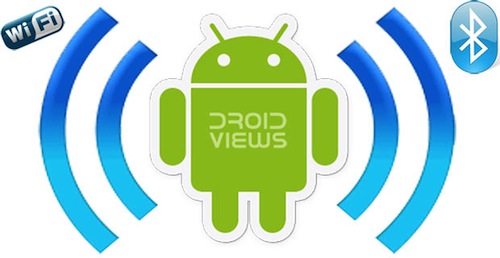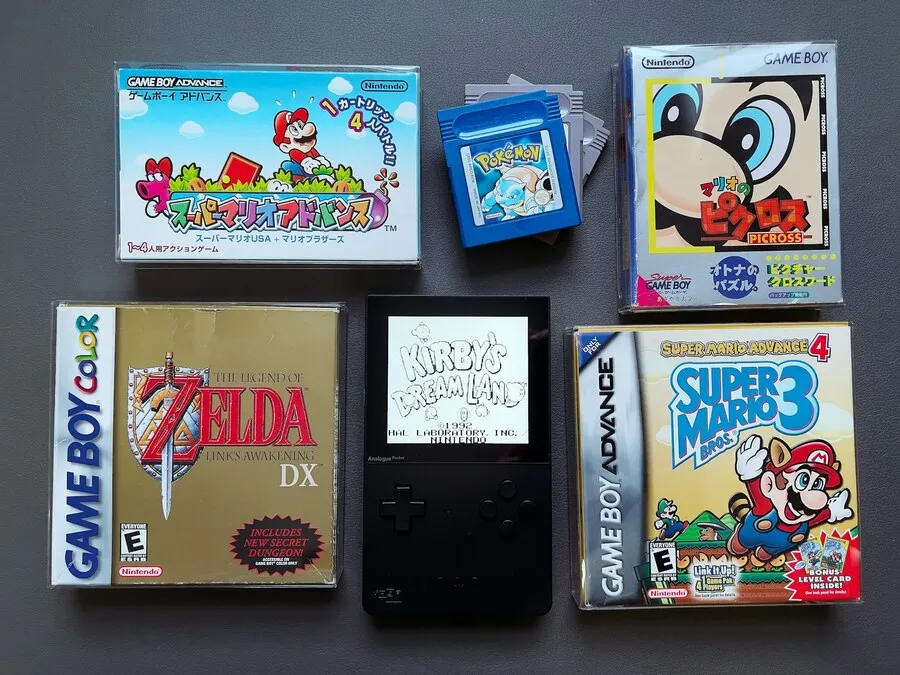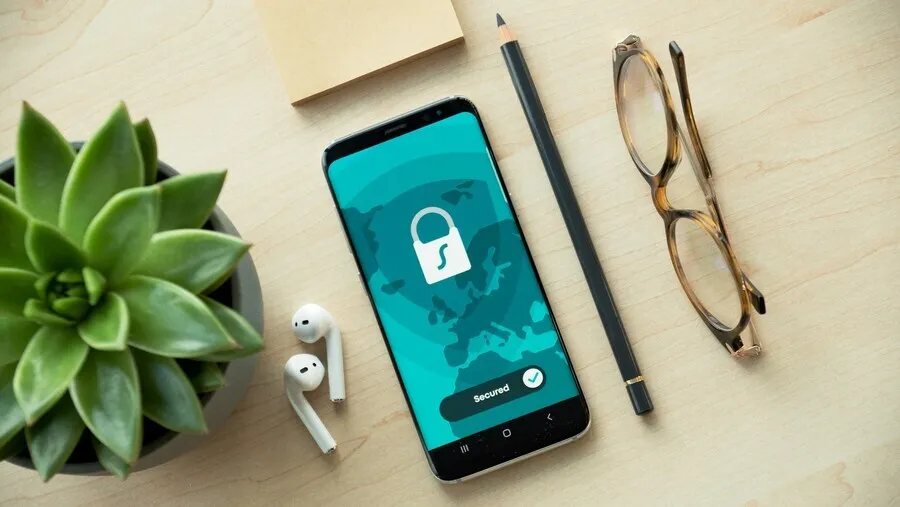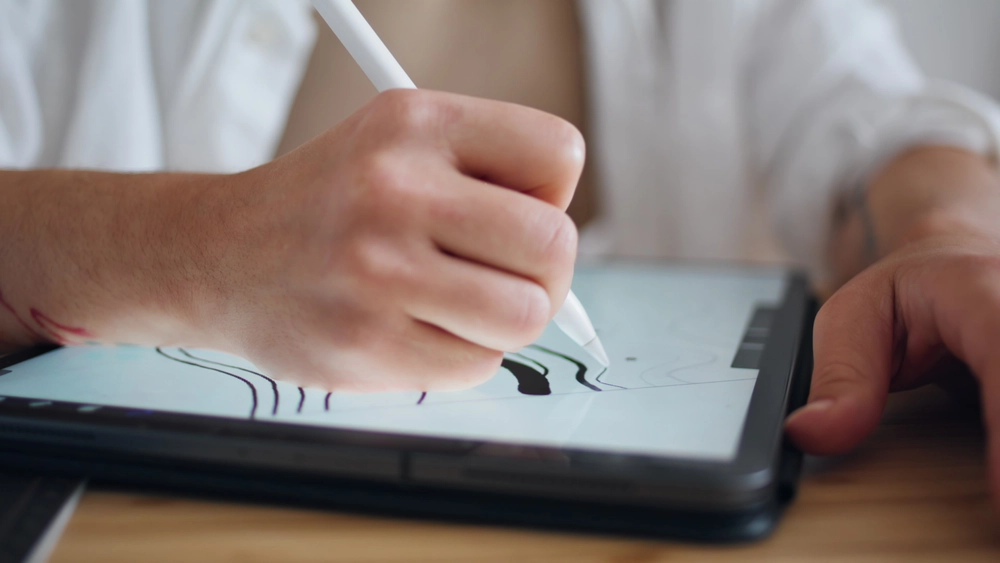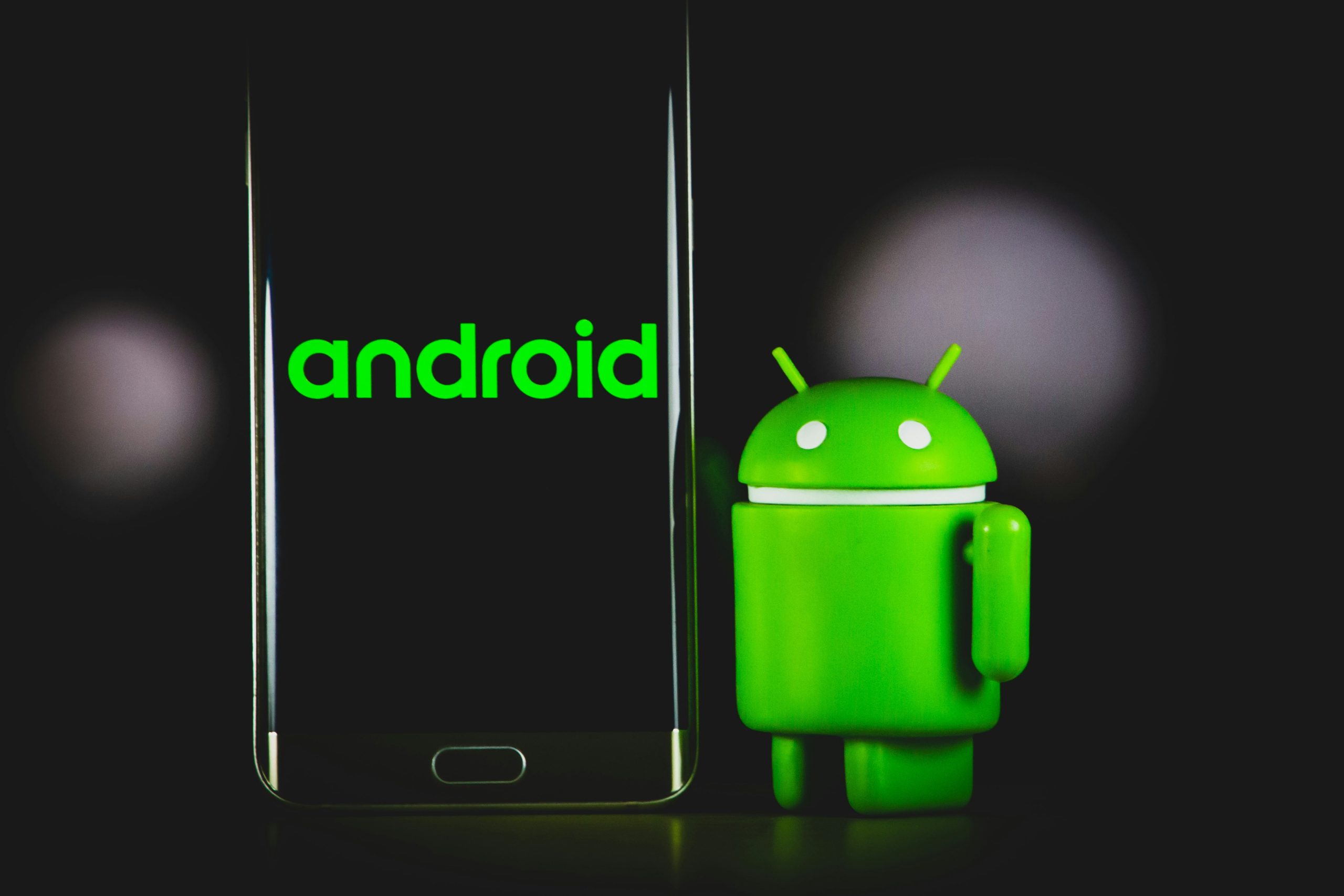In recent years, the traditional mobile phones have under gone various changes specifically in shapes and functionality. Its newer version is known as touch screen mobile phones also known as smart phones. The upgraded softwares, advanced applications and exquisite designs have further uplifted the smart phones into tablets. The tablets are bigger in size than normal mobiles or smart phones and provide an exciting experience of applications featured in a more clearer and user friendly way. Android, being a Linux based operating system and an open source application, has helped in developing the smart phones with ease.
Now, most of the enthusiasts are trying to design applications for android tablets.
The framework of android consists of set of APIs (application programming interface) that help the developer to build excellent applications for tablets. However, most of the developers often get stuck when their applications do not respond to the operating systems, because they overlook the various components of APIs while designing the applications.
The Basic Application Components
The android application consists of codes that are written in java languages which are further compiled with other data or resource by android SDK tools. These applications when installed on android platform select each code and run independently. Also, android executes the applications only when they are needed to be. Thus, maintaining a secured environment for the applications and systems.
The catch is hidden here; android provides liberty to share the data amongst the applications. The developers need to arrange a way so that two applications share the data with each other, enabling to conserve lots of system resource, and increase performance at once. The essential application components such as activities services, content providers, and broad cast receivers are independent applications components, and have their own life cycle, yet the developers need to send a message to the system in order to share the data between any of the vital independent applications or the components.
Activity, an application component of the android, offers a screen on which a user performs its activities such as dialing phones, emailing etc. Each application has bundle of activities that are controlled by main activity. The sub components of Activity are fragment, loader, and lastly Task and back stack. While coding, developers should concentrate on these basic sub components as they are interrelated with each other, and are extremely essential for developing the applications and enabling them to act efficiently.
Developers have to be very careful while developing the manifest files, as Android’s manifest files declare the information for the applications related to android system, enabling them to run the codes as per the instructions. If the developers misses the manifest file, then his or her applications is simple going to crash on to any tablets. Manifest files also declare the minimum use of API by the applications, permits the applications to use hardware and software features, and links application to API libraries and many more.
Improvising User Interface
Improved user interface allows the user to interact with the applications with ease, and enjoy the eye catching display of the contents or WebPages. Android provides developers the various user interface components and controls them to build a graphical interface for their applications.
The different layouts such as liner layout (align view one by one) and relative layout (based on relation of the views) along with list view, and grid view, helps the developers to define the visual structure for the user’s interface. The layouts can be clubbed with appropriate view to increase the performance of the applications. Developers need to choose whether to declare UI in XML or represent the layout at the run time.
An extended Knowledge of input controls buttons, text fields, check boxes, radio buttons, toggle buttons, spinners and pickers as well the actions bars, enabling developers to enhance the user’s interface of the tablets in the most fascinating way. These input controls guide the user to perform their action and action bars to navigate through various web pages or data on tablets without a hitch.
Android powerful OpenGL (open graphic library) API, hardware acceleration and various animation supportive features have eased the execution of 2d and 3d graphics on the tablets. However, the developers have to determine the Open GL version before its implementation as it is going to affect the performance of graphics and graphic controls on the tablets. It also helps developers during the coding as to decide which one to choose i.e. OpenGL ES 1.0 API that support fixed function or Open GL ES 2.0 API that does not support.
Types of Connectivity Features
Tablets that easily connect and share the data in the flick are said to be on the path of success. Android API equips the applications with Bluetooth, Wi-Fi Direct, USB, SIP and other network connections and allows the applications to easily interact with the devices and help users to share the information among each other. The developers need to take care of the factors such as various APIs have good step up and permission to interact with the devices.
Last but not the least; developers have to select the type of storage system they wish to provide to their user in order to store their applications on tablets. Android provides various storage options such as shared preferences for simple data i.e. primitive type, internal storage for private data, SQLite database for complex data, external storage for large data and web storage to store data on web.
The developers need to consistently upgrade their knowledge and understand the significance and vital usability of APIs and their components, permitting them to design and build the resourceful and stunning applications for the android tablets.
This guest post is by Mark Wilston who works with PixelCrayons.com. PixelCrayons offers extended teams to its clients, helping them to reduce Time To Market (TTM) and enhance Return On Investment (ROI) with services such as CMS web management and eCommerce development, Mobile Apps Development. One can hire Android developer here for effective Apps development.



